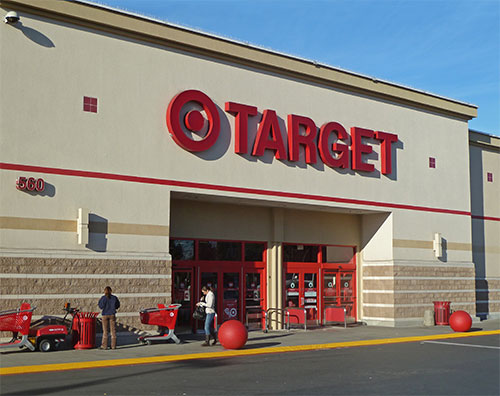
Target Hack Affected 70 Million Customers
- By Ginger Hill
- Jan 10, 2014
 Remember the 40 million shoppers who got "scrooged" during the holidays by the sophisticated Target hackers? Well, guess what? Through further investigation, Target Corp. issued a statement that it was a bigger hack than expected. It’s going to end up being more than 70 million who were affected, making it the largest retail breach in history, according to David Kennedy, former U.S. Marine Corps cyber-intelligence analyst.
Remember the 40 million shoppers who got "scrooged" during the holidays by the sophisticated Target hackers? Well, guess what? Through further investigation, Target Corp. issued a statement that it was a bigger hack than expected. It’s going to end up being more than 70 million who were affected, making it the largest retail breach in history, according to David Kennedy, former U.S. Marine Corps cyber-intelligence analyst.
To date, the largest known breach at a U.S. retailer was in 2007 at TJX Companies, Inc., which includes stores like T-J-Maxx, Marshalls and Homegoods. Data from more than 90 million credit cards was stolen over approximately an 18 month period. But, what’s so concerning about the Target breach is the vast amount of data that was breached within only a 19 day period.
So, what all was stolen?
According to Target spokeswoman, Molly Snyder:
- Names;
- Mailing addresses;
- Phone numbers;
- Email address of customers; and
- Those who swiped their cards during the 19-day breach period of November 27, 2012 to December 15, 2012.
(Personally, I wonder if pharmacy information was stolen as well, as Target Pharmacy is my pharmacy of choice. Anyone else out there wondering the same?)
“I know that it is frustration for our guests to learn that this information was taken, and we are truly sorry they are having to endure this,” said Gregg Steinhafel, chief executive of Target Corp.
Target Corp. is taking an active approach in responding to this breach by trying to reach customers for whom it has email address to inform them of the breach. Should you receive this email, be forewarned that it will not ask you to provide any personal information, and be careful not to respond to any emails claiming to be from Target.
The silver lining from this breach? Target customers will not be held liable for any cost of the fraudulent charges, and Target is offering one year of FREE credit monitoring and identity theft protection to all customers who shopped in U.S. stores. Details on enrollment procedures will come out next week, but take note that the sign-up period will extend for 3 months, giving Target shoppers plenty of time to enroll. Customers will have three months to enroll in this program.
About the Author
Ginger Hill is Group Social Media Manager.